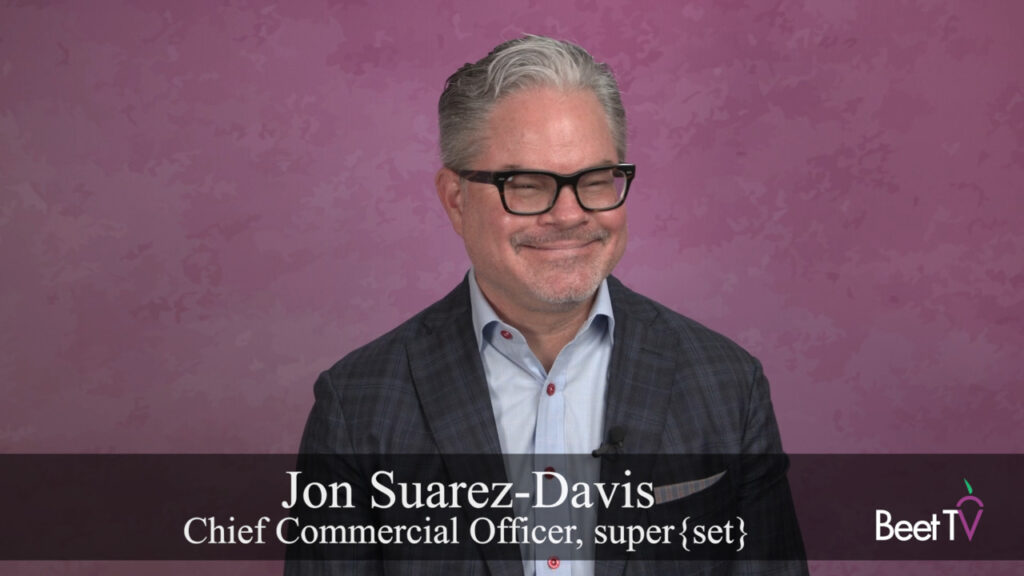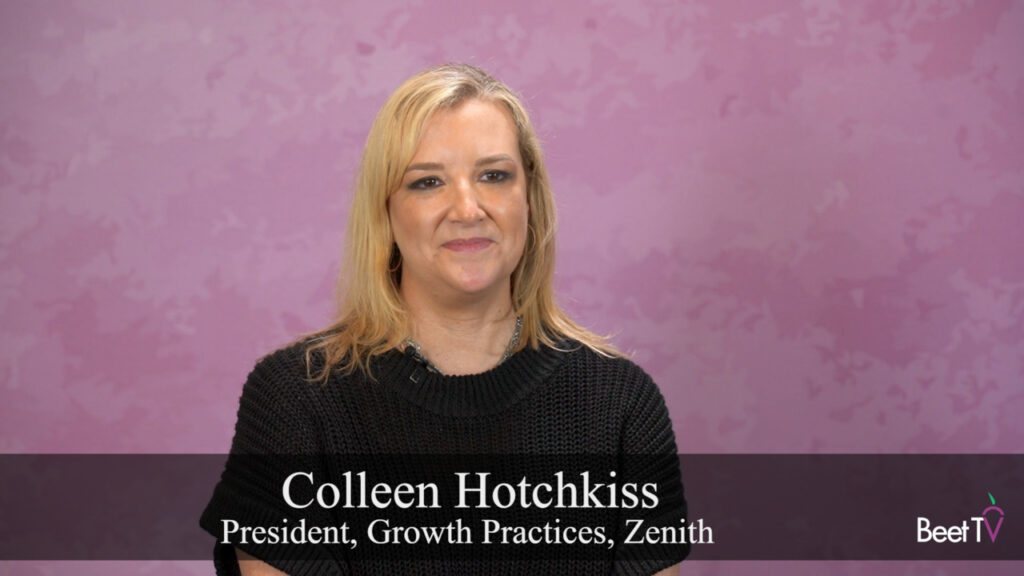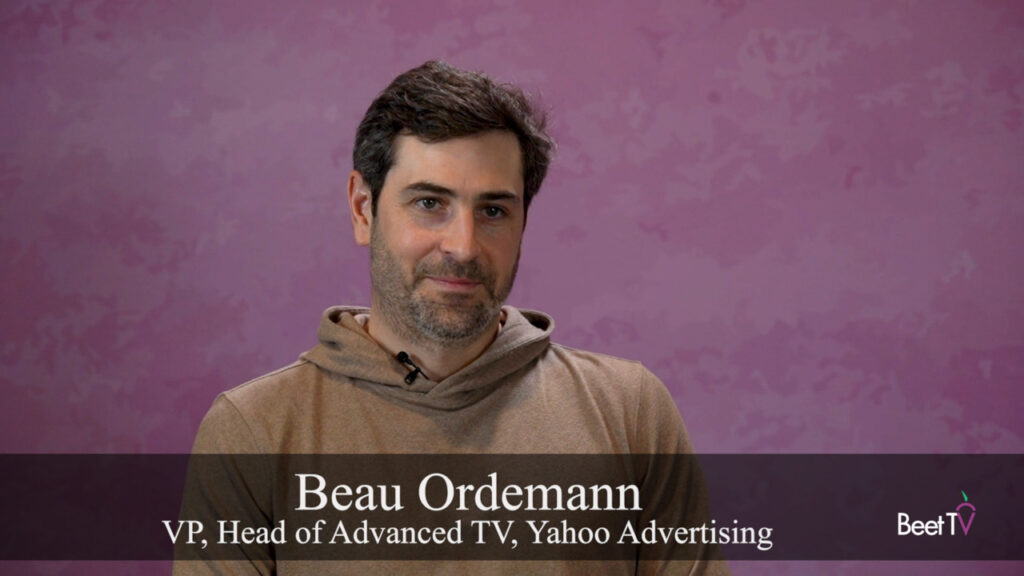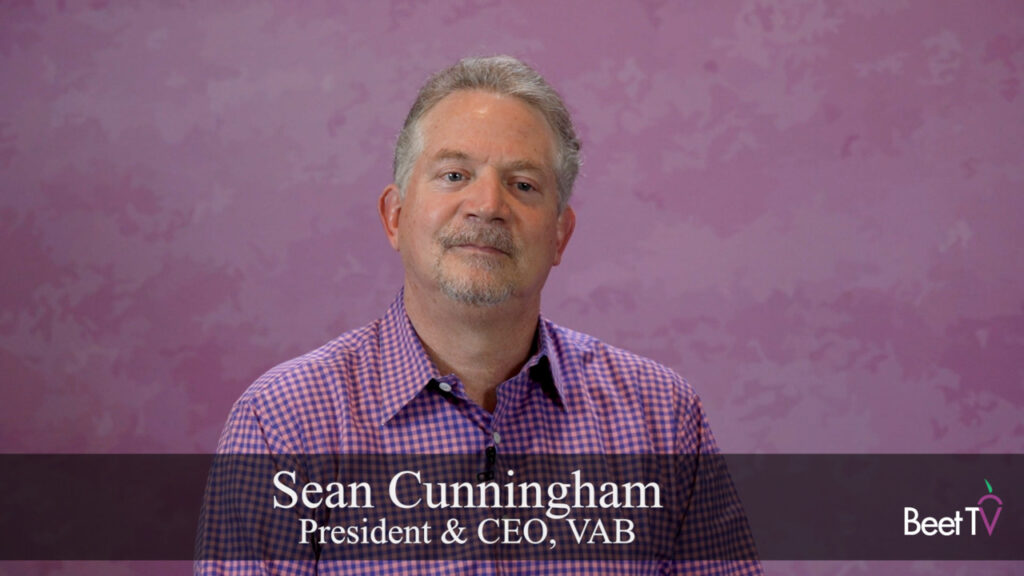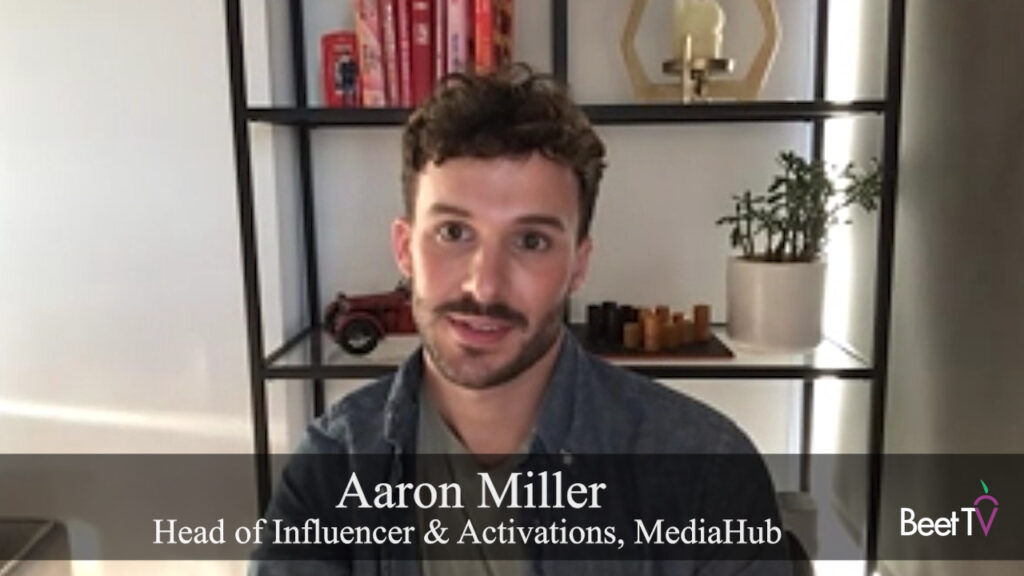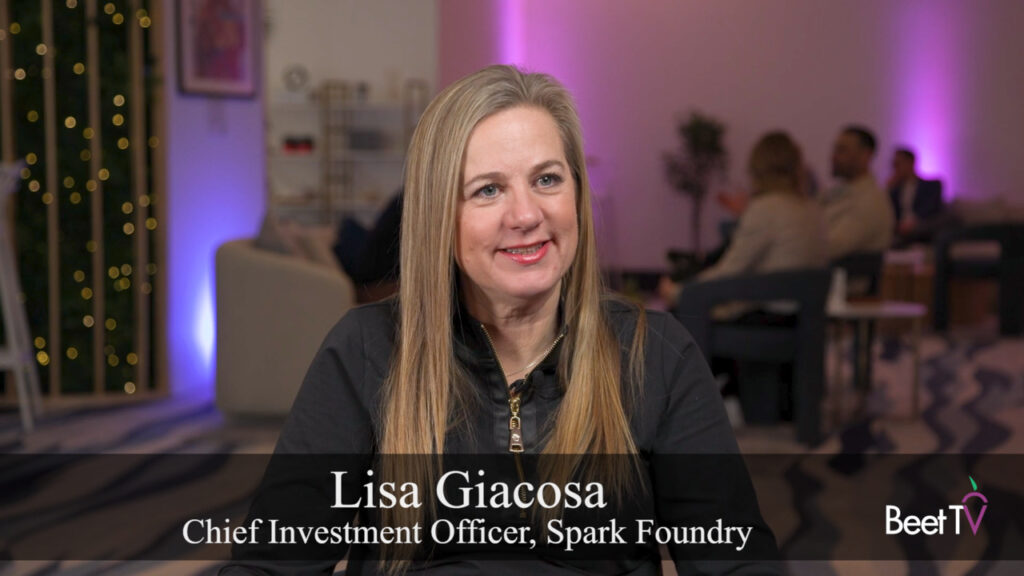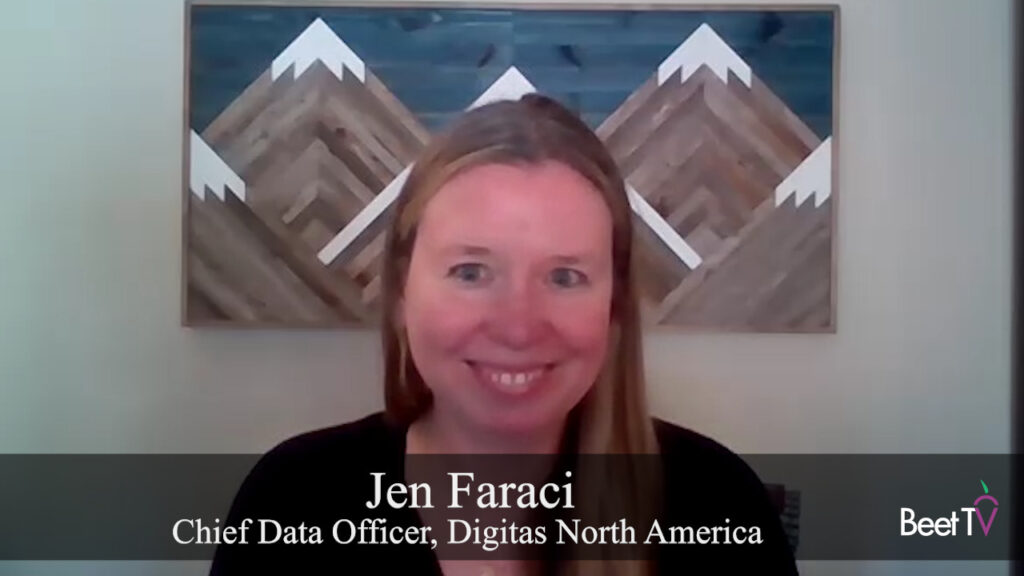Spending on video advertising by political campaigns this year is expected to reach $9 billion as the country’s two major parties vie for control of both houses of the U.S. Congress in the midterm elections. An estimated $1.5 billion will be spent on connected TV (CTV) channels as campaigns try to reach cord-cutter and cord-never viewers who shun traditional linear TV.
“It really comes down to whether political advertisers are ready for that degree of spend across streaming services,” Erik Brydges, head of political at digital advertising marketplace Xandr, said in this Beet.TV interview with senior editor Rob Williams. “It also represents a really large opportunity for political advertisers to take advantage of all of the different paths to buying inventory on the largest screen of the house.”
Political campaigns can find a variety of programmatic tools to ensure they have access to vital ad inventories, especially in races that are hotly contested. Media buys through private marketplaces (PMP) and programmatic guaranteed deals help to secure ad placements amid automated online auctions.
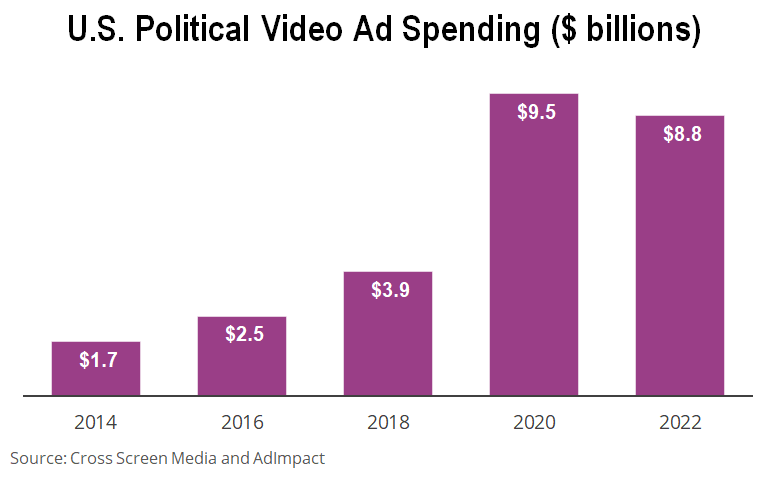
“We’re going to see political advertisers really taking advantage of programmatically available CTV inventory and OTT inventory,” Brydges said. “This is a great opportunity for customers to lock in their impressions across various services when they’re able to make more upfront commitments in terms of how much they’re able to spend and when they’re able to spend it.”
Weighing Impressions and Cost
CTV advertising offers more targeting capabilities, which can make it more expensive than linear TV when comparing cost per thousand (CPM) metrics. However, Brydges cautions political campaigns to consider the overall efficiency of reaching the right voters at the right time through streaming platforms.
“You may be paying slightly more than otherwise untargeted linear TV impressions,” he said, “but the devil’s really in the detail when it comes to the fact that one is targeted and therefore more efficient, and the other is untargeted, and there could be a lot of waste.”
Fragmented Media Market
Voters have many ways to access their favorite content, whether they’re looking at video clips on a mobile device or watching a live sporting event on broadcast TV. Political campaigns must develop a strategy to reach viewers in this fragmented media marketplace, and understand how demand-side platforms (DSPs) and sell-side platforms (SSPs) can affect their plans.
“There’s a huge opportunity for political customers to not just be better educated on this fragmentation,” Brydges said, “but also be presented with customized and granular solutions to take advantage of all of the different services and all of the different paths to those services, inventory that is available this election season.”
You are watching “Programmatic and Political Advertising,” a Beet.TV Leadership Series presented by Xandr. For more videos, please visit this page.














